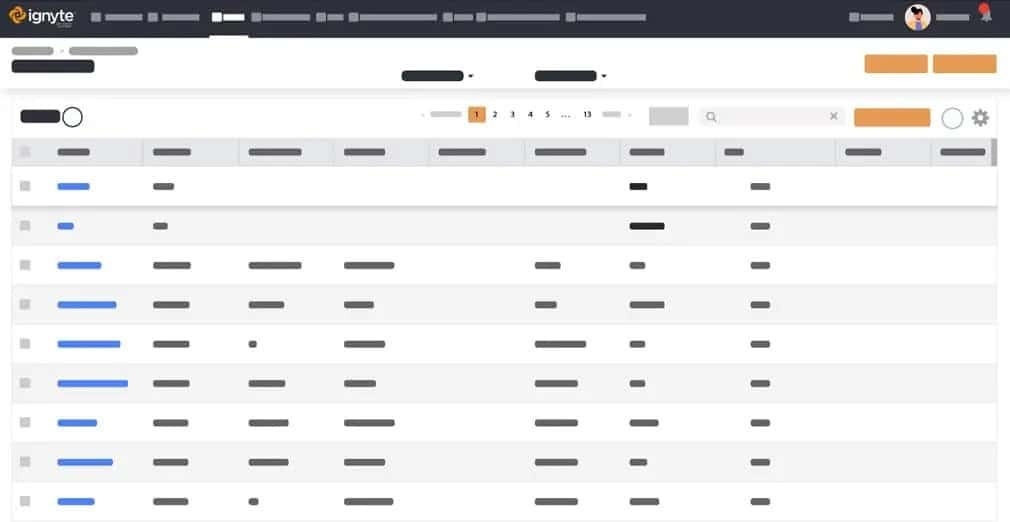 BLUF - Bottom Line Up Front
BLUF - Bottom Line Up Front
CVE focuses on specific software vulnerabilities, while CWE helps understand their causes. CVEs are ranked by the CVSS system, guiding security professionals on vulnerability severity. The NVD is the main source for this info. SCAP aids in automating the detection of known vulnerabilities in software by ingesting data into scanners like OpenVas and Nessus. These tools help organizations effectively manage and mitigate software security risks.
Even with years of related industry experience, an individual can become lost in all the acronyms surrounding security vulnerabilities in modern software exploits. Several of these acronyms exist, and many of them are very similar. Some of the most common Software Exploit acronyms are discussed below.
CWE- Common Weakness Enumeration & CVE- Common Vulnerabilities and Exposures
Understanding Software Exploits
CVE and CWE seem to be often muddled up. Therefore, we will use this as our starting point. A CVE or common vulnerability and exposure is specific to the application. Whereas a CWE focuses on understanding the underlying cause of the vulnerability. If you research CVE-2005-3299, you will find an old vulnerability within PhpMyAdmin. In this particular vulnerability, an attacker could exploit PhpMyAdmin to view files that weren’t intended for them through an attack known as local file inclusion. As you can see here, not much information is really given surrounding successful exploitation, but if we look at CWE-22 & CWE-23, we can see much more information about the surrounding attack itself. Readers will learn the techniques used in exploiting the local file inclusion, not about the specific software vulnerable to this type of attack. The CVE is specific to the application, which is vulnerable, while the CWE is focused on understanding what is the cause of the issue. By reading the CWE, we now understand how an attacker can exploit the CVE or more accurately measure the risk of specific software you may have in your environment.
The information pertaining to applicable CVEs and CWE’S is of great use for those whom are trying to defend your organization. Many places on the web have this information however the NVD, or National Vulnerability Database is the authority on the matter. The severity of these vulnerabilities are ranked according to an open standard known as CVSS or common vulnerability scoring system. The CVSS score alerts security professionals to the severity of the vulnerability found, like a ranking system.
According to Wikipedia “Scores are calculated based on a formula that depends on several metrics that approximate ease of exploit and the impact of exploit. Scores range from 0 to 10, with 10 being the most severe.”
This allows security professionals to make more informed decisions surrounding securing the vulnerability, because they are able to address the concern with accurate, impactful knowledge which they can formulate a plan of action.
SCAP – Security Content Automation Protocol
Because of the amount of different types of software in a given corporate network environment, security professionals needed a way to quickly and accurately determine if any given software had any known vulnerabilities. This need led to the invention of SCAP or the Security Content Automation Protocol. Security professionals needed a way to keep up, and SCAP was the answer. SCAP allows for automation. Vulnerability scanning solutions like OpenVas, Nessus, and InsightVM all ingest SCAP data into their applications, which in turn automates the process of finding known vulnerabilities through scanning endpoints for matching application fingerprints.
A Brief recap
CVE, or Common Vulnerabilities and Exposures, is instrumental in addressing specific software vulnerabilities. In contrast, CWE, or Common Weakness Enumeration, delves into the underlying understanding of why and how these vulnerabilities exist. The ranking of CVEs is accomplished through the use of CVSS (Common Vulnerability Scoring System), which is centralized within the NVD (National Vulnerability Database). Additionally, SCAP (Security Content Automation Protocol) serves as the protocol that empowers automated scanners to ingest data for future scanning and analysis efficiently.
Our expertise can make a significant difference in your pursuit of enhanced vulnerability management. We invite you to contact us today to schedule a demo, where you can explore how we can ‘Ignyte‘ and fortify your corporate security. With our cutting-edge solutions, you can proactively safeguard your organization and stay ahead of potential threats, ensuring a resilient and secure digital environment.
Must read Blog article on Benefits of a Secure Software Development Life Cycle (SDLC)



 BLUF - Bottom Line Up Front
BLUF - Bottom Line Up Front